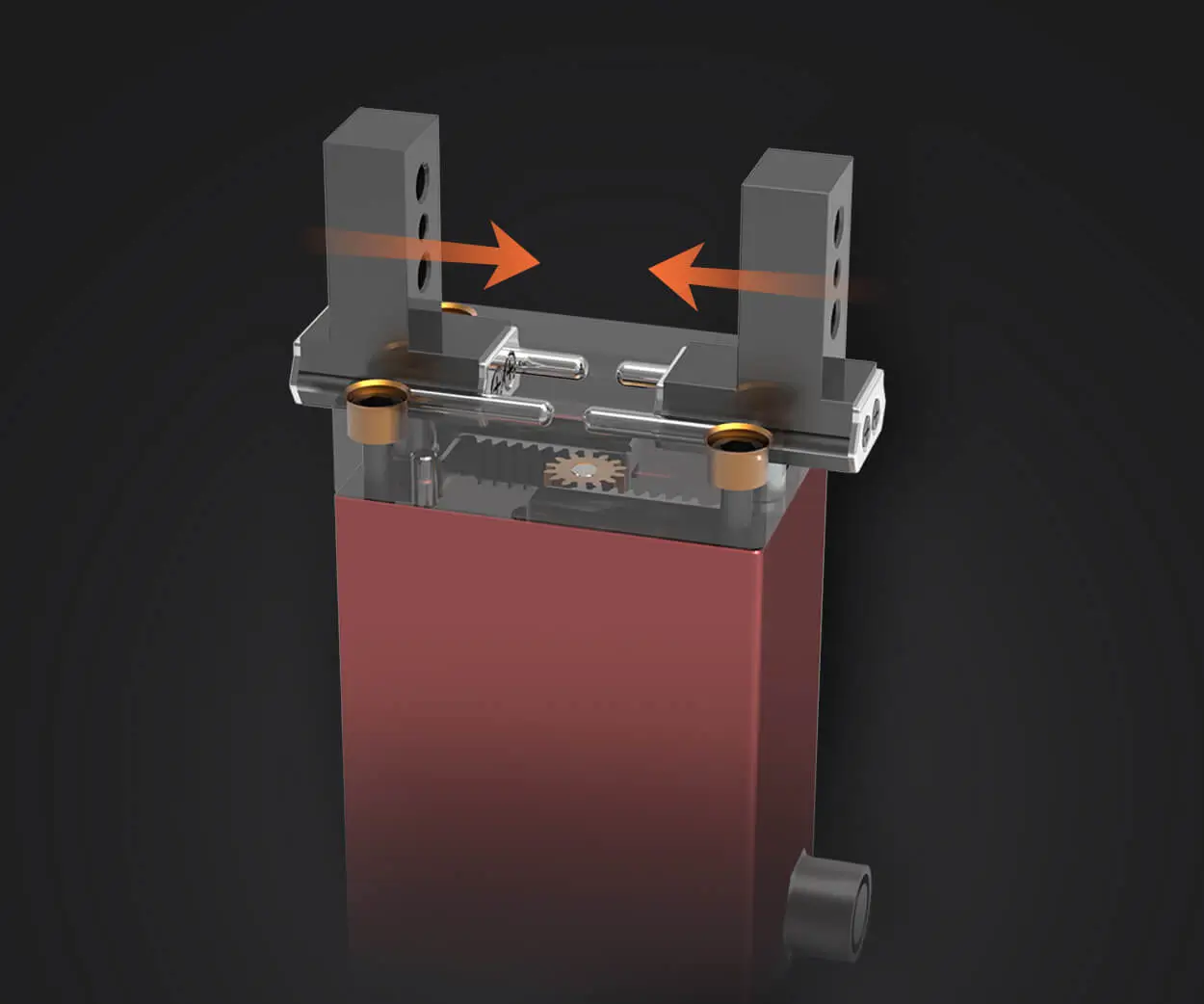Ever thought about how much your hobby or project could level up with a DIY brushless motor controller? Imagine building a drone, an RC car, or even a custom robot — and finally getting that smooth acceleration, precise control, and high efficiency you’ve been dreaming of. It’s a game-changer. That’s where a well-designed DIY brushless motor controller comes into play.

A lot of DIY enthusiasts tend to get overwhelmed with the technical mumbo jumbo around motor controllers, but honestly, it’s more about understanding what it can do for you. Think of it as the brain behind your motor — it decides how fast it spins, how hard it pushes, and when it should slow down. Now, why bother building your own? Because it offers full customization. You can tweak it to fit your specific project needs, whether that’s maximizing torque for a heavy load or optimizing battery life for prolonged usage.
When diving into the world of “DIY brushless motor controllers,” the first thing that grabs attention is ease of integration. You’re not banging your head against thick manuals; you’re working with flexible, modular parts that adapt to your setup. Want a controller with overcurrent protection? Easy. Need a smooth startup? It’s there. Custom firmware options? Even better. You can fine-tune the PID parameters right on your desk until everything runs just right.
But let’s talk specifics. Reliability is essential — nobody wants a controller that overheats after ten minutes of use. Good controllers, like the ones from KPOWER, incorporate thermal management tech, so they stay cool under pressure, even when your project demands more power. Plus, the responsiveness is top-tier. When that RC hobbyist accelerates, the motor responds instantaneously. That kind of control isn’t just satisfying; it’s critical for high-performance applications.
People often ask: “Can I really build my own controller? Won't it be complicated?” Absolutely not — especially with the right components and clear instructions, it’s like assembling a giant puzzle. Plus, with open-source firmware, you get an entire community backing you up, sharing tweaks and improvements. That feels empowering, doesn’t it?
In case you’re wondering about compatibility — most DIY controllers support a wide voltage range and multiple sensor types, making them versatile. They’re engineered to cover a lot of ground, from small-scale drones to bigger robotics projects. It’s all about matching your needs with the right controller specs.
So, if you’re tired of off-the-shelf solutions that don’t quite fit your vision, building a DIY brushless motor controller might just open new doors. It’s a fun challenge, and the end result? Not just a machine, but your own creation. That feeling of tinkering, optimizing, tweaking — it’s addictive in the best way. When performance and precision are what matter, having control at your fingertips really counts.
Established in 2005, Kpower has been dedicated to a professional compact motion unit manufacturer, headquartered in Dongguan, Guangdong Province, China.




































